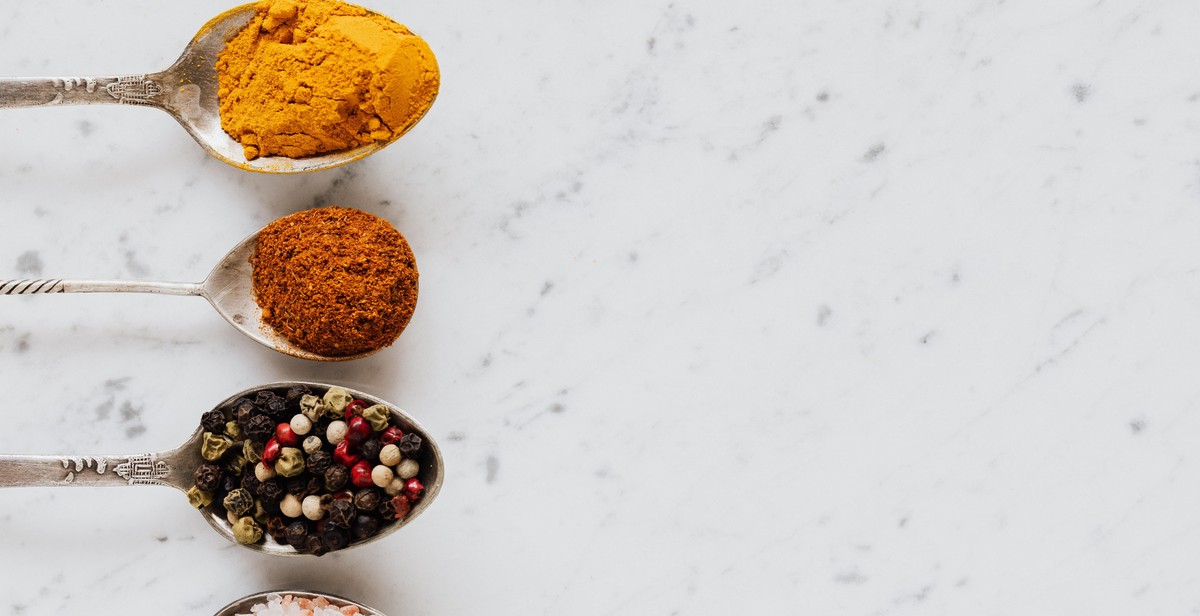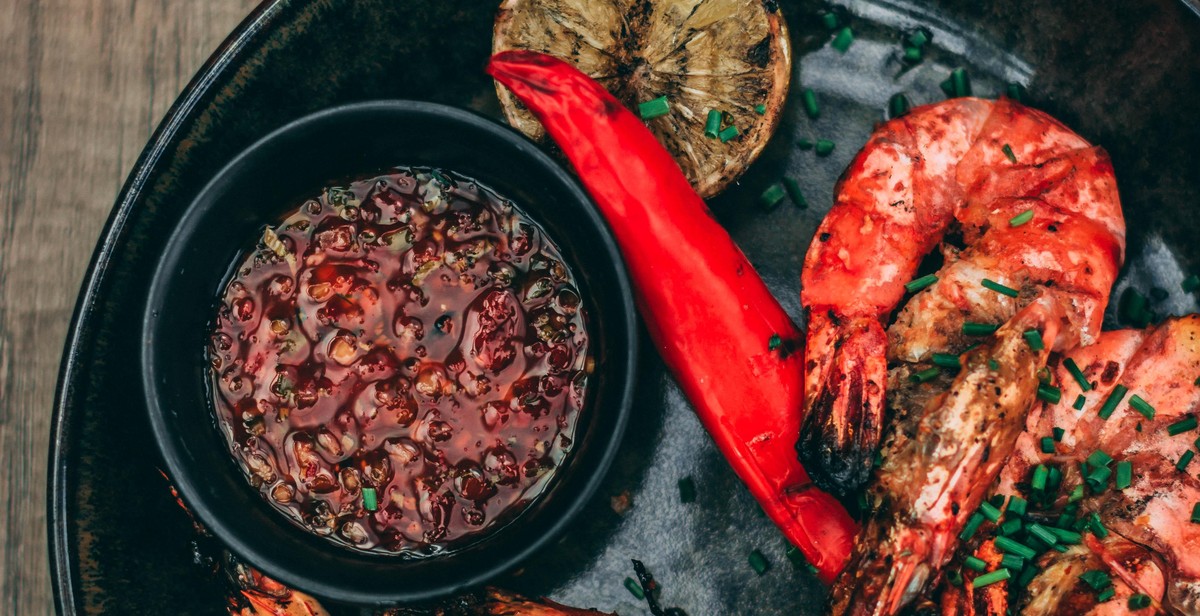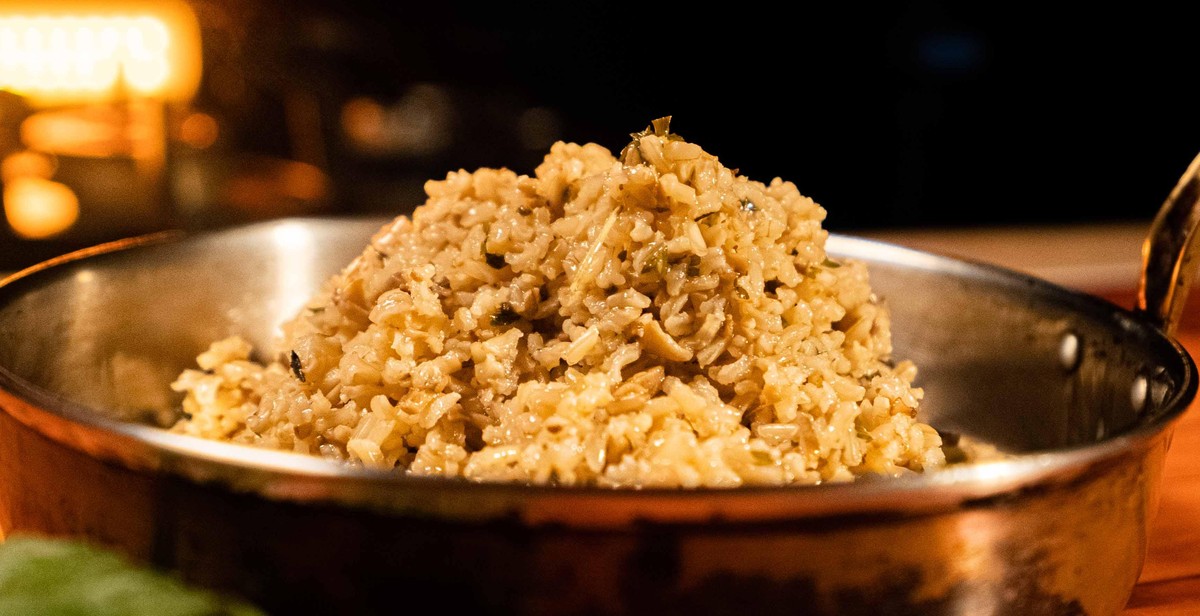How to Pan-sear Halibut: Delicate and Flavorful Seafood Preparation
Halibut is a delicate and flavorful seafood that can be prepared in numerous ways. One of the best ways to cook halibut is by pan-searing it. Pan-searing is a cooking method that involves cooking food at high heat in a skillet or pan. This method is ideal for halibut because it allows the fish to develop a crispy, golden-brown crust while keeping the inside moist and tender.
Why Pan-searing Halibut is a Great Cooking Method
There are several reasons why pan-searing halibut is a great cooking method:
- Quick and Easy: Pan-searing halibut is a quick and easy way to prepare a delicious seafood dish. It takes only a few minutes to cook and requires minimal preparation.
- Flavorful: Pan-searing halibut allows the fish to develop a crispy crust that adds texture and flavor to the dish.
- Healthy: Halibut is a lean protein that is low in calories and high in omega-3 fatty acids, making it a healthy choice for any meal.
- Versatile: Pan-seared halibut can be served with a variety of side dishes, sauces, and seasonings, making it a versatile dish that can be customized to suit any taste.
Overall, pan-searing halibut is a great cooking method that is easy, flavorful, healthy, and versatile. With the right technique and a few simple ingredients, you can create a delicious and impressive seafood dish that will impress your family and guests.

Choosing the Right Halibut
When it comes to pan-searing halibut, selecting the right cut of fish is crucial. Here are a few things to keep in mind:
1. Look for Freshness
The first thing to consider when selecting halibut is freshness. Fresh halibut should have a mild smell, with no strong or fishy odor. The flesh should be firm and elastic to the touch, with no visible signs of discoloration or bruising.
When buying halibut, it’s best to purchase it from a reputable fishmonger who can tell you when it was caught and where it came from. If you’re buying from a grocery store, look for halibut that has been previously frozen, as this helps to preserve its freshness.
2. Choose the Right Cut
Halibut comes in a variety of cuts, each with its own unique texture and flavor profile. Here are the most common cuts of halibut:
- Fillet: This is the most common cut of halibut, and is perfect for pan-searing. Fillets are boneless and skinless, making them easy to cook and serve.
- Steak: Halibut steaks are cross-cut sections of the fish, including the bone. These are thicker and denser than fillets, and have a slightly different flavor profile.
- Whole Fish: If you’re feeling adventurous, you can also cook a whole halibut. This is a great option for entertaining, as it makes for an impressive presentation.
3. Consider Sustainability
Halibut is a popular fish, and as a result, it’s important to consider sustainability when selecting your fish. Look for halibut that has been certified by the Marine Stewardship Council (MSC), which ensures that the fish has been caught using sustainable fishing practices.
| Cut | Texture | Flavor Profile |
|---|---|---|
| Fillet | Tender and flaky | Mild and sweet |
| Steak | Dense and meaty | Slightly stronger flavor |
| Whole Fish | Varies depending on cooking method | Mild and sweet |
By keeping these factors in mind, you can ensure that you select the best possible halibut for your pan-searing recipe, and enjoy a delicious and sustainable seafood dish.

Preparing the Halibut
Before pan-searing halibut, it is important to prepare the fish properly. One of the key steps in preparing halibut is drying it thoroughly. This helps to ensure that the fish cooks evenly and achieves a crispy exterior.
Drying the Halibut
Start by patting the halibut fillets dry with paper towels. This removes any excess moisture that may be present on the surface of the fish. Next, sprinkle a pinch of salt on both sides of the halibut fillets. The salt helps to draw out any remaining moisture and also enhances the flavor of the fish.
Once the salt has been applied, place the halibut fillets on a wire rack set over a baking sheet. This allows air to circulate around the fish and helps to dry it out further. Leave the halibut to dry for at least 30 minutes, or up to an hour if time allows. The longer you can leave it to dry, the better the results will be.
After the halibut has dried, use a fresh paper towel to blot away any excess moisture or salt that may have accumulated on the surface of the fish. The halibut is now ready to be seasoned and cooked.
By taking the time to properly dry the halibut, you can ensure that it cooks evenly and achieves a crispy, golden-brown crust. This step is essential for creating a delicate and flavorful seafood dish that will impress your guests.

The Pan-searing Process
When it comes to pan-searing halibut, the key is to get a nice, crispy crust on the outside while keeping the inside moist and tender. Here’s how to do it:
1. Preheat your pan
Before you start cooking, make sure your pan is hot. A hot pan will help you achieve that crispy exterior on the halibut. Heat your pan over medium-high heat for a few minutes before adding any oil or butter.
2. Season the halibut
Season the halibut fillets with salt and pepper on both sides. You can also add other seasonings, such as garlic powder or paprika, for extra flavor.
3. Add oil or butter to the pan
Once the pan is hot, add a tablespoon of oil or butter to the pan. Swirl the pan to coat the bottom evenly.
4. Sear the halibut
Place the halibut fillets in the pan, skin-side down if they have skin on. Don’t overcrowd the pan, as this will cause the temperature to drop and the fish to steam instead of sear. Cook the halibut for 3-4 minutes on one side, until it develops a golden-brown crust. Flip the fillets over and cook for another 2-3 minutes on the other side. If your fillets are thick, you can finish cooking them in the oven at 350°F for 5-10 minutes.
5. Let the halibut rest
Once the halibut is cooked, remove it from the pan and let it rest for a few minutes before serving. This allows the juices to redistribute, making the fish more tender and flavorful.
Now that you know how to pan-sear halibut, you can enjoy this delicate and flavorful seafood preparation any time you want!

Serving and Enjoying Pan-seared Halibut
Now that you’ve learned how to prepare and pan-sear halibut perfectly, it’s time to enjoy the fruits of your labor. Here are some tips for serving and savoring this delicate and flavorful seafood:
Pairing with Sides
Halibut is a versatile fish that pairs well with a variety of sides. Here are some ideas to get you started:
- Roasted vegetables, such as asparagus, Brussels sprouts, or carrots
- Mashed potatoes or sweet potatoes
- Grilled or sautéed mushrooms
- Quinoa or couscous
- Simple green salad with a light vinaigrette
When choosing sides, aim for flavors that complement but don’t overpower the delicate taste of the halibut. Avoid heavy or creamy sauces that can mask the flavor of the fish.
Adding Flavorful Sauces
If you want to add some extra flavor to your halibut, try a simple sauce. Here are some ideas:
- Lemon butter sauce: Melt butter in a small saucepan and add freshly squeezed lemon juice. Drizzle over the halibut before serving.
- Herb sauce: Mix together chopped fresh herbs, such as parsley, dill, and chives, with olive oil and a splash of white wine vinegar.
- Tartar sauce: Mix together mayonnaise, chopped pickles, capers, and a squeeze of lemon juice.
Again, remember to keep the sauce light so as not to overpower the delicate flavor of the halibut.
Pairing with Wine
Halibut pairs well with a variety of white wines. Here are some options:
| Wine | Flavors and Notes |
|---|---|
| Sauvignon Blanc | Crisp and refreshing with notes of citrus and herbs |
| Pinot Grigio | Light and dry with notes of green apple and pear |
| Chardonnay | Medium-bodied with notes of vanilla and oak |
Choose a wine that complements the flavors of your side dishes and sauce, as well as the halibut itself.

Conclusion
Overall, pan-searing halibut is a delicate and flavorful seafood preparation that can be easily customized to your liking. By experimenting with different seasonings and techniques, you can create a dish that is truly unique and delicious.
Seasonings
When it comes to seasoning your halibut, the options are endless. Some popular choices include lemon, garlic, thyme, and rosemary. However, don’t be afraid to get creative and try something new. For example, a spicy rub made with cumin and chili powder can add a bold and exciting flavor to your dish.
Techniques
The key to pan-searing halibut is to cook it quickly over high heat. This will help to create a crispy and golden crust on the outside while keeping the inside moist and tender. Some techniques to consider include using a non-stick pan, patting the fish dry before cooking, and letting it rest for a few minutes before serving.
Final Thoughts
Whether you’re a seasoned chef or a beginner in the kitchen, pan-searing halibut is a great way to showcase your culinary skills. By following these tips and experimenting with different flavors, you can create a dish that is sure to impress your family and friends.
| Pros | Cons |
|---|---|
| Quick and easy to prepare | Can be overcooked easily |
| Customizable with different seasonings and techniques | May be expensive depending on where you live |
| Delicate and flavorful seafood option | May not be available year-round |
Overall, pan-searing halibut is a delicious and impressive dish that is perfect for any occasion. With a little bit of practice and experimentation, you can create a meal that is sure to be a hit with your guests.
